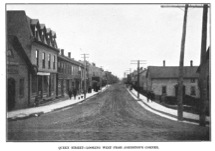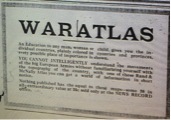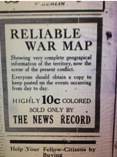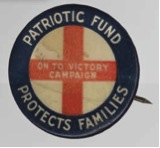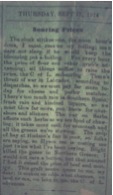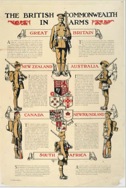On 14 September, Ottawa reached out to Hespeler’s industrial core. With the increasing demand for supplies both nationally and internationally, parliament was worried about the lack of industrial factories open for business. This open letter to the Hespeler Herald was a propaganda push for Waterloo Region factories that had closed, as a result of the weak economy, to reopen for business. The letter urges the region’s companies to jump aboard the wartime boom and expand their industry. As a result of trade being cut off from Germany, the region was forced to become relatively self-sufficient. It was hoped that the region would see a reopening of old businesses, to further increase the region’s wartime production.
(“Expansion of Trade” Hespeler Herald, September 14 1914)
